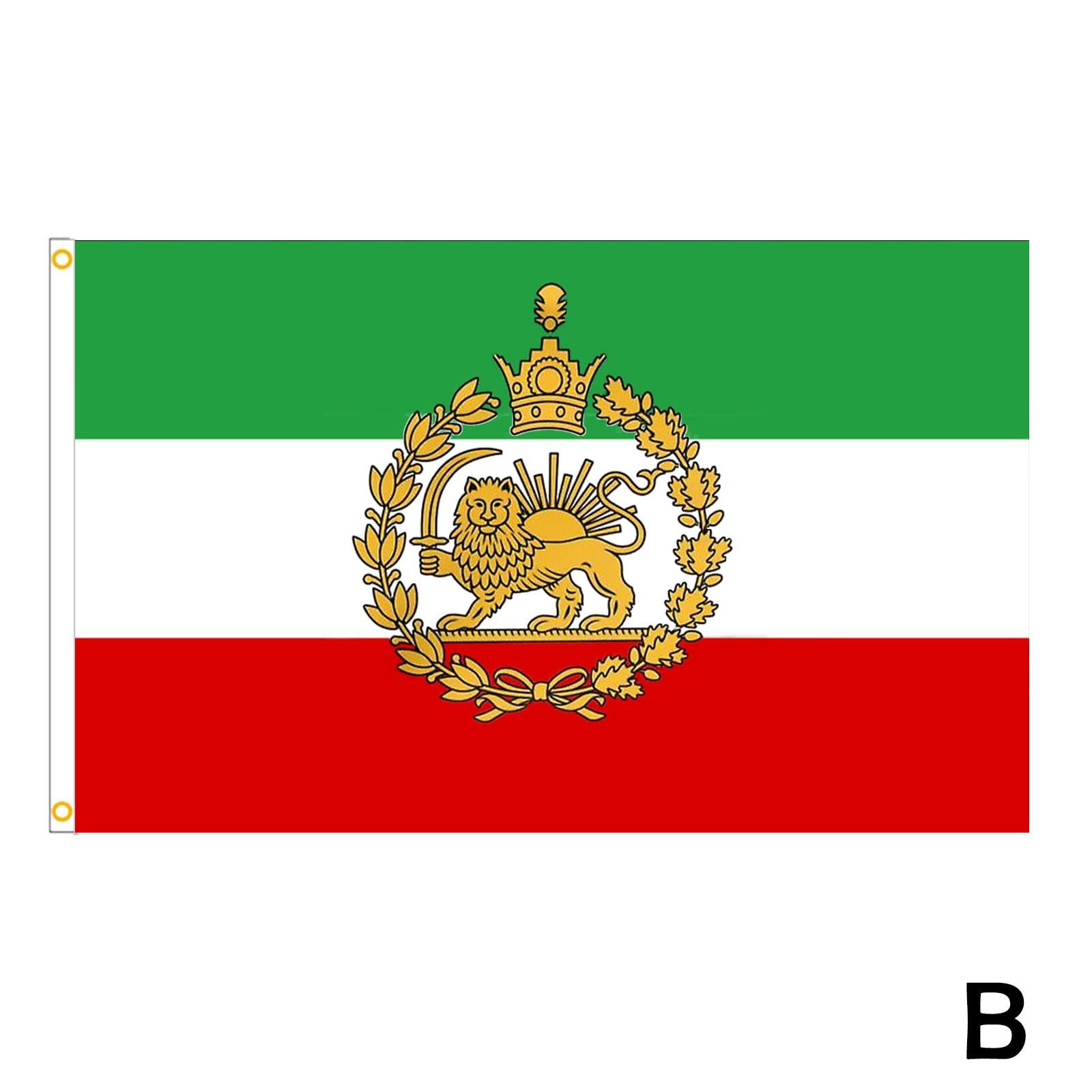Afsharid Iran: Nader Shah's Empire And Its Enduring Legacy
The sands of time often conceal the full grandeur and complexity of past empires, but few periods in Iranian history are as dramatically impactful and yet frequently overlooked as that of Afsharid Iran. This powerful, albeit short-lived, dynasty emerged from the ashes of the collapsing Safavid Empire, ushering in an era of unprecedented military might and imperial ambition under the formidable leadership of Nader Shah Afshar. It was a time when Iran briefly reclaimed its status as a dominant regional power, stretching its influence far beyond its traditional borders, only to recede into a period of internal strife and fragmentation following its founder's demise.
The story of Afsharid Iran is a compelling narrative of rise, conquest, and eventual decline, offering crucial insights into the geopolitical landscape of the 18th century Middle East. From its founding in 1736 to its annexation by the Qajars in 1796, the Afsharid state left an indelible mark on the region, reshaping borders, influencing subsequent dynasties, and demonstrating the immense potential for a unified and militarily strong Iran. Understanding this pivotal era is essential for anyone seeking to grasp the full tapestry of Iranian history and its enduring impact on the modern world.
Table of Contents
- The Dawn of a New Era: Founding of Afsharid Iran
- Nader Shah: The Napoleon of Persia – A Biography
- The Afsharid Military Machine: Campaigns and Conquests
- Governance and Society Under Afsharid Rule
- The Decline and Fall of the Afsharid Empire
- The Legacy of Afsharid Iran
- From Afsharids to Qajars: A New Chapter
- Conclusion
The Dawn of a New Era: Founding of Afsharid Iran
The 18th century opened with Iran in turmoil. The once-mighty Safavid dynasty, which had ruled for over two centuries, was in a state of terminal decline, besieged by internal decay and external pressures. Afghan invaders had sacked Isfahan, the Safavid capital, in 1722, plunging the country into chaos and fragmentation. It was amidst this power vacuum that a new, formidable figure emerged, destined to reshape the destiny of Iran. This figure was Nader Qoli Beg, who would later be known as Nader Shah Afshar. The Afsharid dynasty was formally founded by Nader Shah upon the abolition of the Safavid dynasty in 1148 AH (corresponding to 1736 CE). The guarded domains of Iran, commonly referred to as Afsharid Iran or the Afsharid Empire, was an Iranian empire established by the Turkoman Afshar tribe. This dynasty, originating from the Turkmen Afshar tribe, marked a significant shift in Iranian political power. The Afshars themselves are a tribe of Oghuz Turkic origin that had split into several groups across Iran, Turkey, and Afghanistan. Nader Shah, a ruler and conqueror of Turkmen origin, consolidated power by first expelling the Afghan invaders and then systematically reunifying the fractured territories of Iran. His coronation in 1736, where he declared himself Shah, officially marked the end of the Safavid era and the beginning of Afsharid Iran, setting the stage for a period of intense military expansion and a brief restoration of Iranian imperial strength.Nader Shah: The Napoleon of Persia – A Biography
Nader Shah Afshar, often dubbed the "Napoleon of Persia" for his military genius and rapid conquests, remains one of the most compelling and controversial figures in Iranian history. His life story is a testament to ambition, strategic brilliance, and ruthless determination. Born into humble beginnings, he rose through sheer force of will and military prowess to become the absolute ruler of a vast empire.Early Life and Rise to Power
Nader Shah, or Nader Qoli Beg, was born in Kobhan, Iran, on October 22, 1688, into one of the Turkish tribes loyal to the Safavid Shahs of Iran. His early life was marked by hardship and a nomadic existence. He began his career as a local chieftain, gathering a band of loyal followers and engaging in skirmishes against local brigands and tribal rivals. As the Safavid state crumbled, Nader Shah saw an opportunity. He initially offered his services to the Safavid prince Tahmasp II, who sought to reclaim his throne from the Afghan invaders. Nader's military genius quickly became apparent. He systematically drove out the Afghans, reconquered lost territories, and restored a semblance of order to the country. However, his growing power and influence soon overshadowed the nominal Safavid ruler. Recognizing the weakness of the Safavid line and his own undisputed authority, Nader Shah deposed Tahmasp II and later his infant son, Abbas III, formally abolishing the Safavid dynasty. In 1736, at a grand coronation ceremony on the Moghan Plain, Nader Qoli Beg was crowned Nader Shah, establishing the Afsharid dynasty and embarking on a path of unprecedented military expansion that would briefly restore Iranian imperial strength. His rise was a stark example of how, in times of crisis, an individual of extraordinary talent could fundamentally alter the course of history.Personal Data: Nader Shah
| Attribute | DetailsArticle Recommendations



Detail Author:
- Name : Daphney Eichmann
- Username : delta.wunsch
- Email : douglas.davion@bernier.org
- Birthdate : 1978-06-20
- Address : 3302 Walter Crest Dibbertport, IN 85328-7907
- Phone : 231.921.0978
- Company : Cassin Group
- Job : Brazing Machine Operator
- Bio : Quam doloribus temporibus et magni quo. Quibusdam tempore aut maiores sunt. Nisi voluptas quasi excepturi dolor et magnam.
Socials
instagram:
- url : https://instagram.com/mullrich
- username : mullrich
- bio : Est iusto ipsa dolorem id atque quia. Blanditiis dolores dolores dolores culpa tempore.
- followers : 4525
- following : 617
twitter:
- url : https://twitter.com/mullrich
- username : mullrich
- bio : Assumenda ut iste reprehenderit dignissimos qui voluptas. Ut pariatur rerum est. Dolore et atque recusandae aut inventore necessitatibus.
- followers : 4462
- following : 1353
tiktok:
- url : https://tiktok.com/@ullrichm
- username : ullrichm
- bio : Aut quo sunt optio amet labore illum.
- followers : 3741
- following : 1338